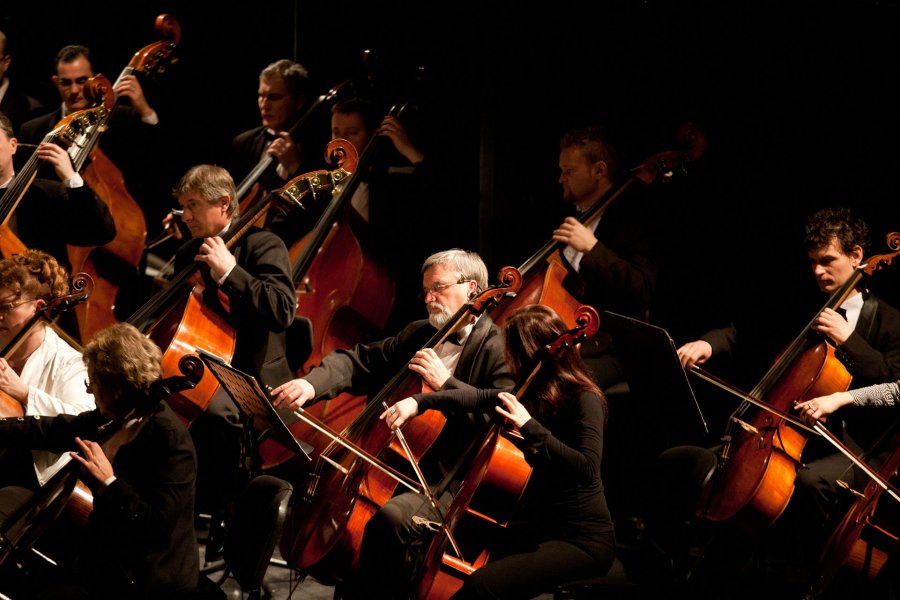Live acoustic music can always be recognized as such (versus a recording) from a distance (ex: from another room) and in poor acoustic settings. We are also able to do this even if we don't know exactly what instrument is being played. Some people may not be able to recognize a tenor saxophone from an alto saxophone, or a trumpet from a trombone, but they will still know that the instrument is being played live. Same is true for voices, of course. Also, it does not depend on which notes are played. What does this tell us ?
- perhaps frequency response and room acoustics are not an essential factor ?
- perhaps we are able to identify other, more subtle sound characteristics ? If so, what are they ?
- is the recording quality itself the limiting factor or is it also our systems that matter, and if so which aspects (if not all) ?
These are perhaps naive questions?

- perhaps frequency response and room acoustics are not an essential factor ?
- perhaps we are able to identify other, more subtle sound characteristics ? If so, what are they ?
- is the recording quality itself the limiting factor or is it also our systems that matter, and if so which aspects (if not all) ?
These are perhaps naive questions?

Last edited:






